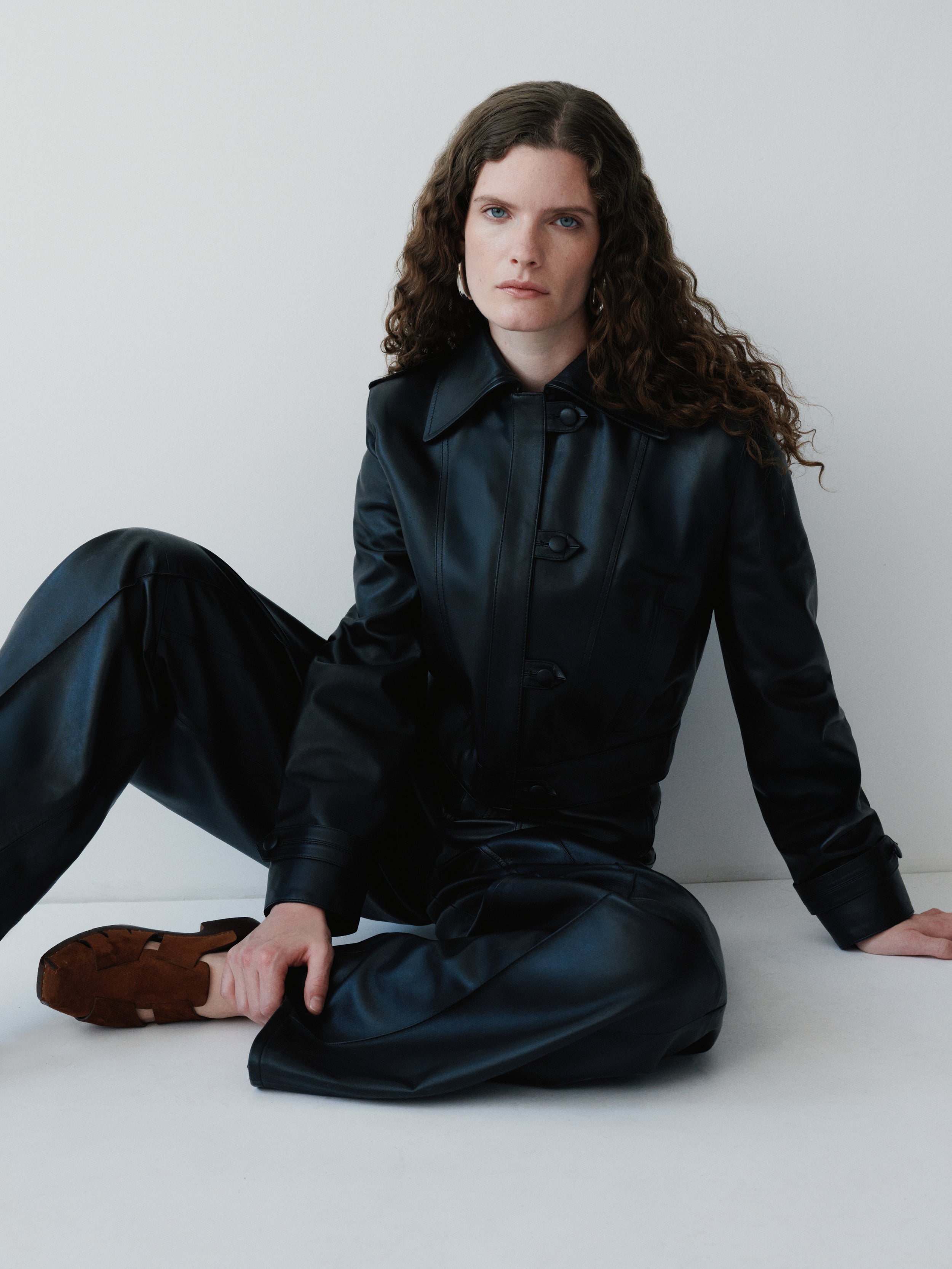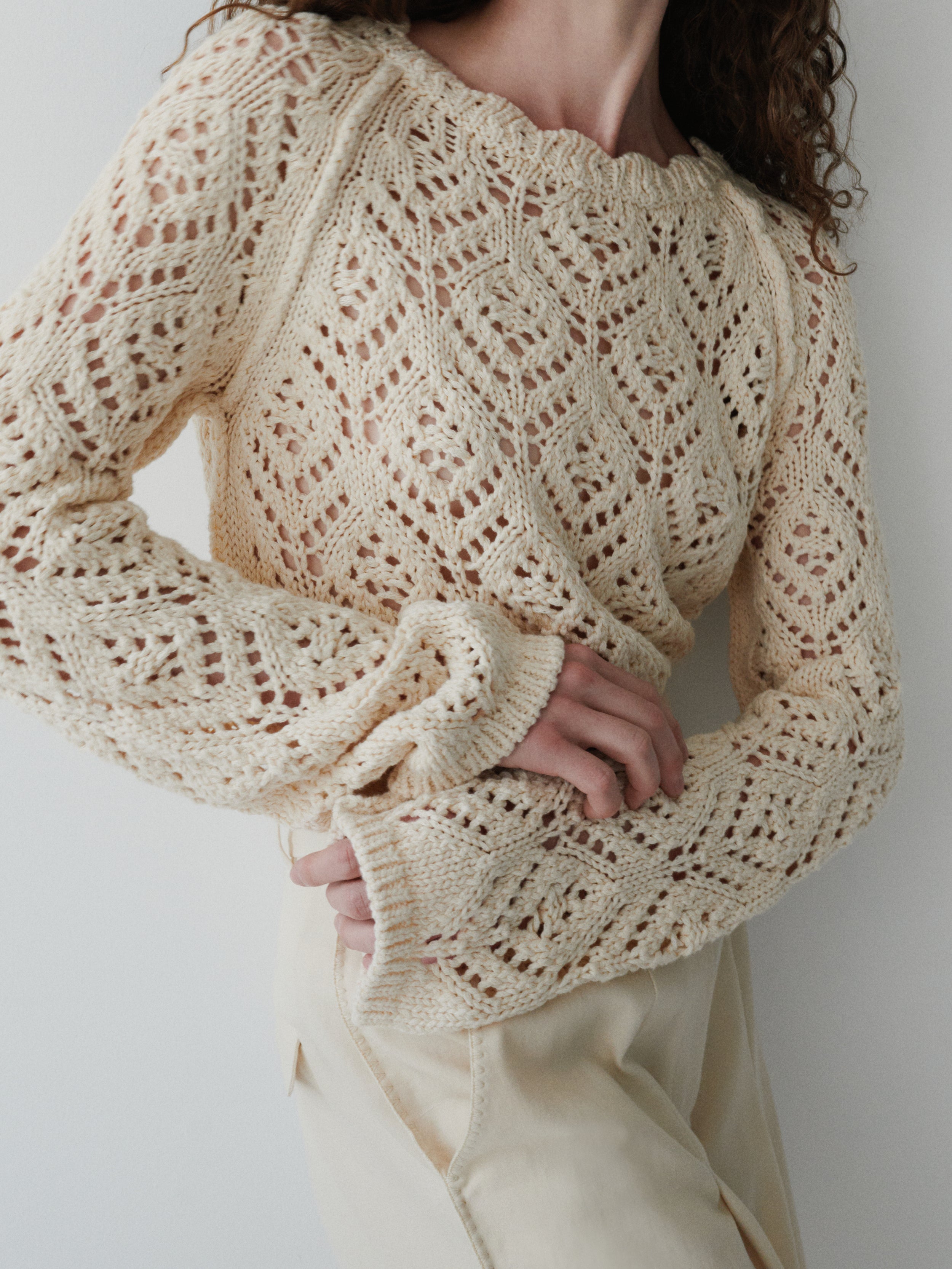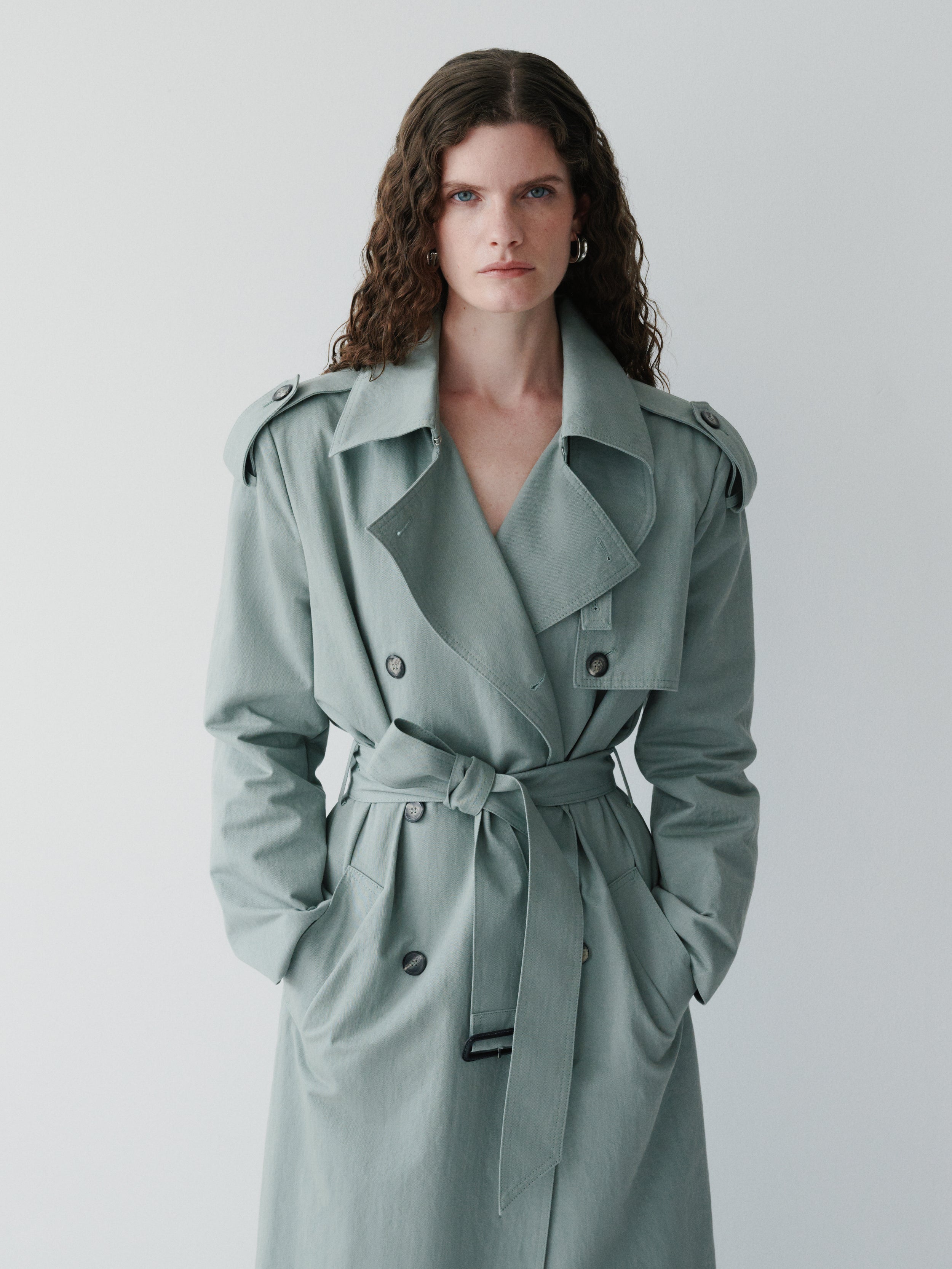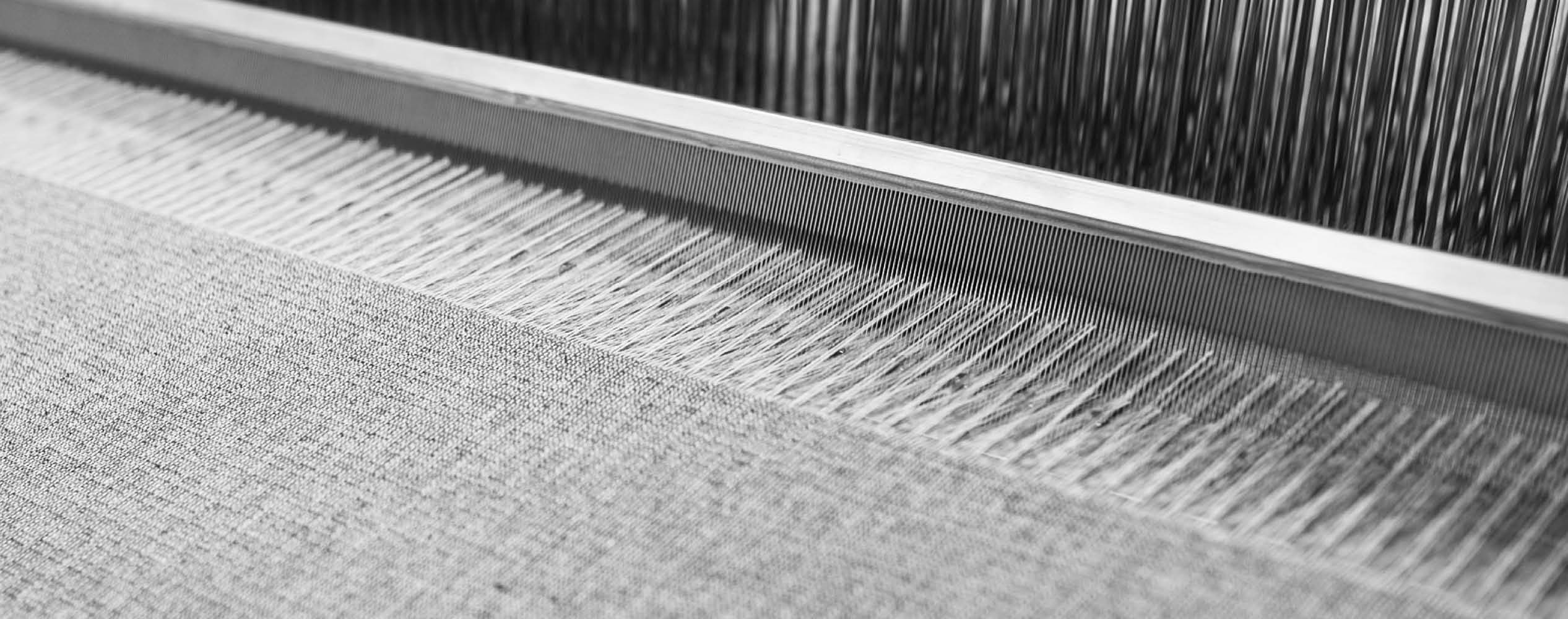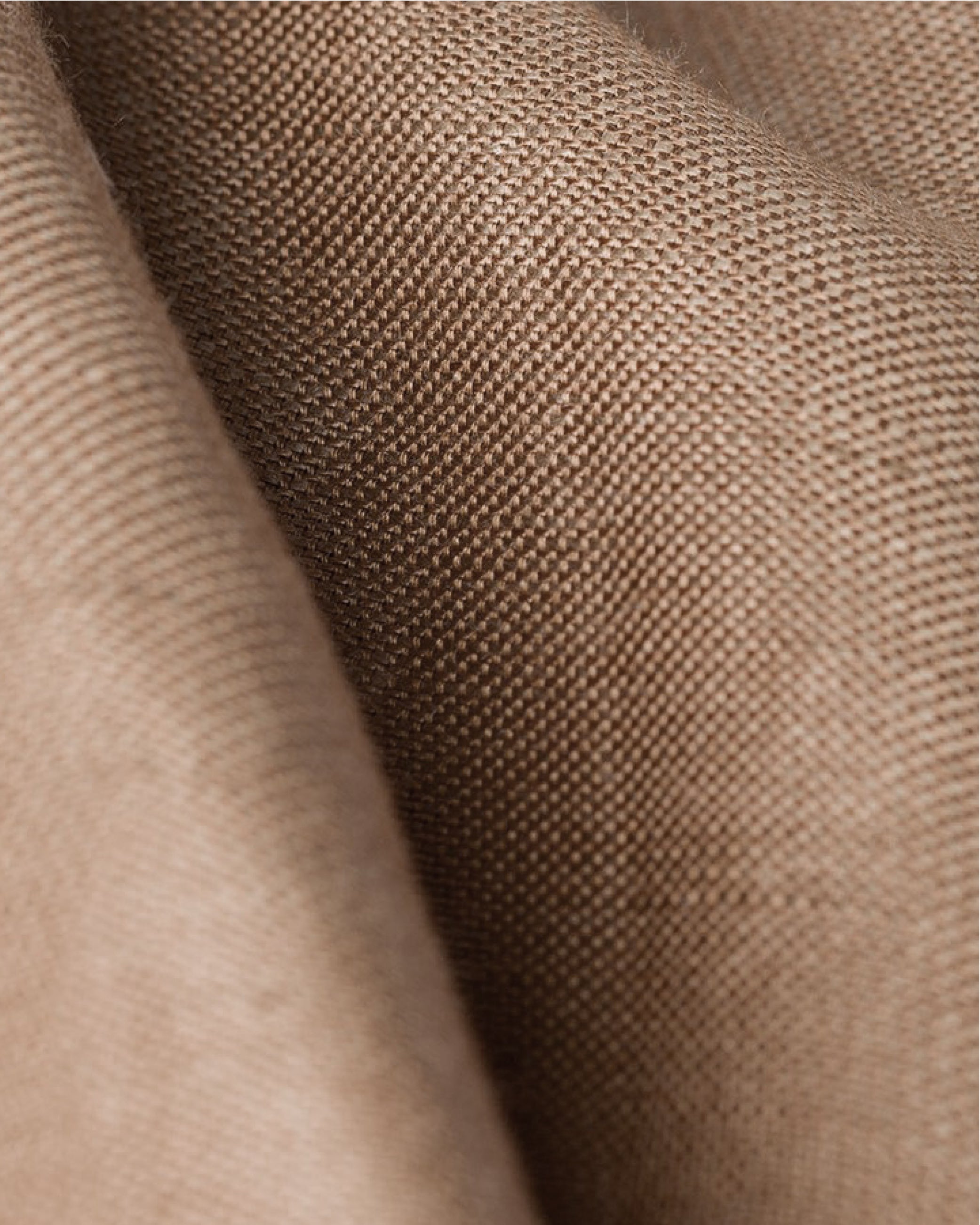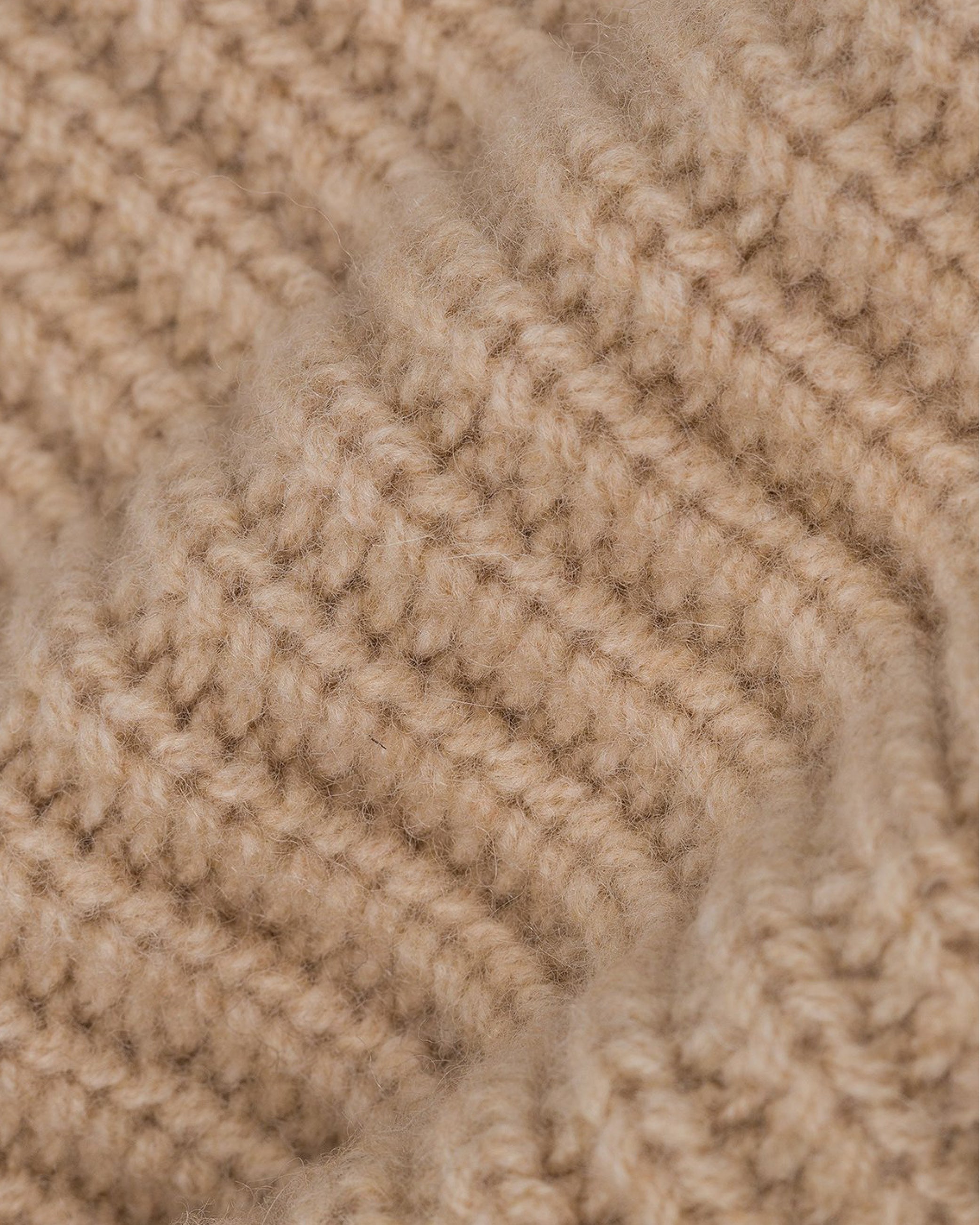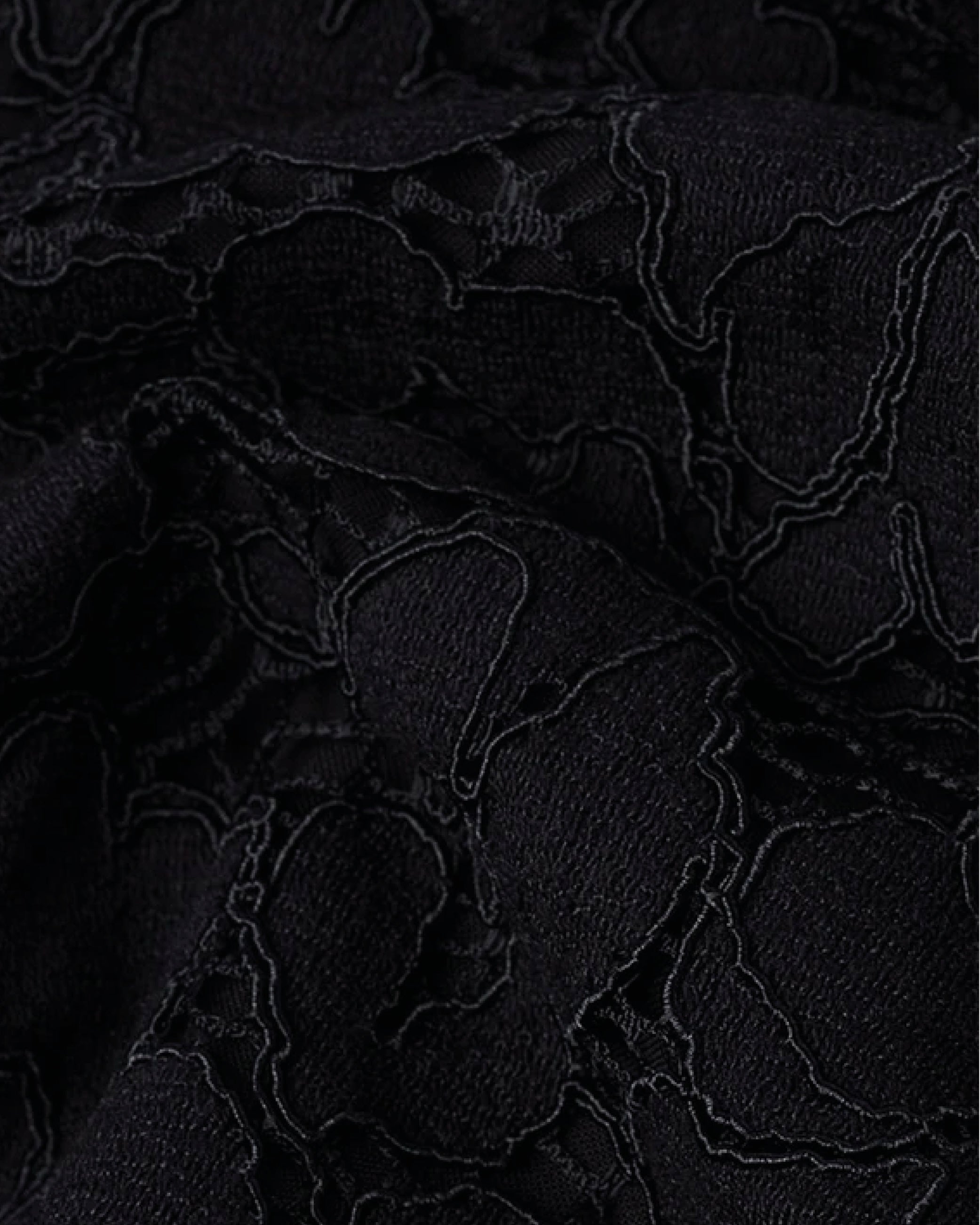QUALITY AND MINDFUL CHOICES MAKE A DIFFERENCE
Choosing fabrics for a new collection is a complex process that requires balancing various sustainability factors, such as the characteristics of blended fabrics versus recyclability, and the environmental footprint of natural versus synthetic materials, among others.
We prioritize low-impact materials made from sustainably grown fiber crops and recycled materials and are committed to continuously increasing the use of sustainable fabrics. You can find our Preferred Fibres and Materials Standard, which guides us on this journey, here.
FOREST-DERIVED FABRICS
Many of our favorite fabrics, such as viscose, modal, lyocell, and acetate, are derived from wood pulp, bamboo, or cotton linters. We are fully aware of the significant impact these materials can have on the world’s forests, as well as the risks associated with the chemicals used in their production.
However, cellulose-based fabrics can be produced responsibly, and we are committed to driving the industry in that direction. That’s why we joined the CanopyStyle initiative. In partnership with the Canadian forest protection organization Canopy, we developed our Forest-Derived Materials Policy, which you can view here.
OUR FABRIC SUPPLIERS
To create garments of the highest quality with minimal environmental impact, we carefully select fabric suppliers that meet our high standards. Our fabrics are produced in Italy, Turkey, Portugal, and China. We have worked with many leading European suppliers since day one and are proud of the strong relationships we've built with them over the years.

ANIMAL WELFARE
It is never acceptable to harm animals for the manufacturing of products. We are fully committed to the internationally recognized Five Freedoms of Animal Welfare.
Our most-used animal-derived fiber is wool, which is 100% mulesing-free. We’ve been fur-free from the start and proudly belong to the Fur Free Alliance. We also avoid angora, exotic animal skins, down, feathers, pashmina, llama, shashtoosh, karakul, vicuna, bone, coral, and other materials from vulnerable species. We have never used Mohair in our collections and are glad the market has responded to past concerns about Angora goat farms.
Leather, while durable and long-lasting, presents challenges due to its connection to the meat industry and chemical-heavy tanning process. We only use chrome-free tanned leather from LWG-certified tanneries, traceable back to the farm region, and sourced as a by-product of meat production.
Alpaca has been used sparingly in our collections. Most Alpaca comes from smallholders in Peru, where the animals live free-range. Alpaca has a lower environmental footprint compared to other wool fibers and does not require chemical treatments.
Read our full Animal Welfare Policy here.

